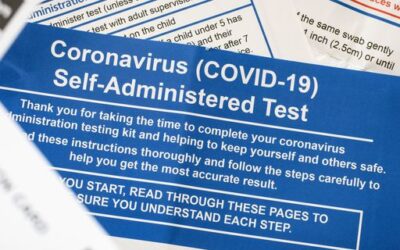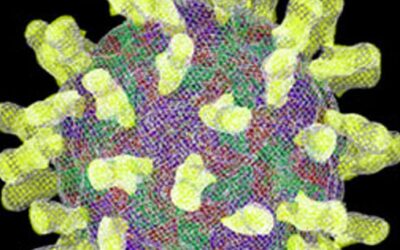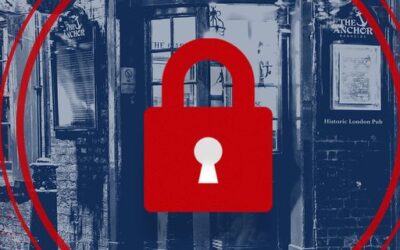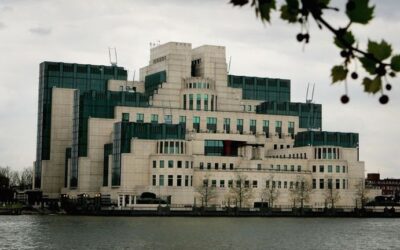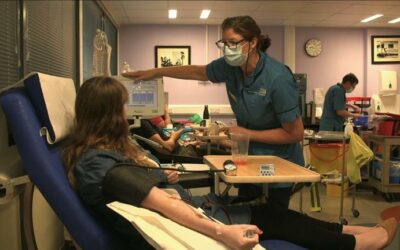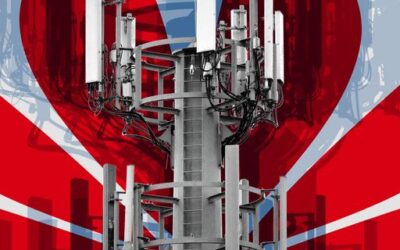Almost half of the nearly 16,000 people with coronavirus missed by the Test and Trace system still have not had their contacts traced, the health secretary has admitted.
An “IT failure” within Public Health England – a problem with an Excel spreadsheet reaching its maximum size – has been blamed by ministers for a delay in the reporting of 15,841 COVID-19 cases in England.
Downing Street revealed extra contact tracers had now been drafted in to help track down the contacts of people whose positive tests went unreported between 25 September to 2 October.
Live coverage of the latest coronavirus news and updates
Matt Hancock said the situation was “ongoing” but that the government’s assessment of the pandemic had “not substantially changed”.
The health secretary also told the Commons that just over half – 51% – of the missing cases have been contacted for a second time over the weekend to have their contacts traced, meaning 49% – equal to some 7,762 people – have not.
The government later clarified that Mr Hancock’s “ongoing” comment did not mean some positive cases are still not being counted but that work is continuing to contact those missed.
Meanwhile, a Whitehall investigation has been launched to discover why the missed cases were not identified sooner.
But the prime minister was said to still have full confidence in Baroness Harding, the head of the NHS Test and Trace programme.
He was quizzed about the glitch on Monday, with Labour having accused the government of overseeing a “shambolic” system.
Chancellor Rishi Sunak will speak to Kay Burley live just after 7am tomorrow morning
Data can save lives, data can cost lives – and this latest testing blunder will likely prove it
Mr Johnson did not give an answer when asked how many people weren’t traced, but who should have been, by NHS Test and Trace due to the delay in reporting the infections.
“I can’t give you those figures,” he said.
“What I can say is all those people are obviously being contacted and the key thing is that everybody – whether in this group or generally – should self-isolate.
“That’s the way to make it work.”
The prime minister said a successful use of the NHS Test and Trace scheme should create a “fire break” around an incidence of infection and “helps us fight the virus”.
Breakdown of missing cases
Missing cases
Original figure
Actual total
25 September
957
6,874
7,831
26 September
744
6,042
6,786
27 September
757
5,693
6,450
28 September
0
4,044
4,044
29 September
1,415
7,143
8,558
30 September
3,049
7,108
10,157
01 October
4,133
6,914
11,047
02 October
4,786
6,968
11,754
Referring to the technology error, Mr Johnson claimed that “some of the data got truncated” and “was lost”.
The master Excel spreadsheet reached its maximum capacity so could not keep adding further cases.
Officials said that “rapid mitigation” measures have been put in place to make sure it does not happen again.
Mr Johnson added: “What they have done now is not only contacted all the people who were identified as having the disease – that was done in the first place – but they are now working through all the contacts as well.”
After the prime minister spoke to reporters on a visit to a sustainable power firm in London, Downing Street clarified that those self-isolating at the request of the NHS Test and Trace scheme would receive a one-off payment of £500, rather than the £500 per week that Mr Johnson had said during the visit.
Following the addition of the new COVID-19 cases to England’s figures, the weekly rate of infections has soared in dozens of areas.
Please use Chrome browser for a more accessible video player
Therese Coffey on 16,000 missed COVID cases
Earlier on Monday, Work and Pensions Secretary Therese Coffey was asked whether others might have been infected with COVID-19 due to the NHS Test and Trace scheme not being aware of the nearly 16,000 cases
“There may well be,” she told Sky News.
“I’ve been made aware that probably the majority of that [contact-tracing] has happened in the latest element of the week, in the last couple of days.
“So it’s important that we act quickly, and PHE is acting quickly, to see whether or not people are required to self-isolate.
“Because I do recognise that not quite everybody going through the regime will be identified by the test and trace regime to undertake that further self-isolation.”
:: Subscribe to Sophy Ridge on Sunday on Apple Podcasts, Google Podcasts, Spotify, Spreaker
Labour MP Bridget Phillipson, the shadow chief secretary to the Treasury, accused ministers of overseeing a “shambolic” system.
“Test, trace and isolate just isn’t working,” she told Sky News.
Fellow Labour frontbencher Lucy Powell, the Manchester Central MP and a shadow business minister, said it was “very concerning” that infection rates had been revised upwards in Greater Manchester following the discovery of the computer glitch.
“Local understanding of what lies behind this increase is critical before we see ever more stringent restrictions imposed on us,” she posted on Twitter.
“We’ve already been living under local restrictions longer (over 2 months) than most places.”
After speaking with Health Secretary Matt Hancock on Monday, London mayor Sadiq Khan claimed the test and trace system was “letting London and the country down”.
“Today I spoke to the health secretary, alongside mayors from across the country, and reminded him that a fully functioning test, trace and isolate system is the only way we will get a grip on this virus, prevent a further lockdown and be able to protect our economy,” he said.
Public Health England said on Sunday the people involved all received their test results and those who tested positive were advised to self-isolate.
Joint medical director Dr Susan Hopkins told Sky News: “There’s no delay in people receiving their test results.
“The delays are in reporting to the dashboard and to the public and there’s been a delay in contact tracing initiation.
“Public Health England apologise that this occurred and have put in place steps to prevent this happening again.”

